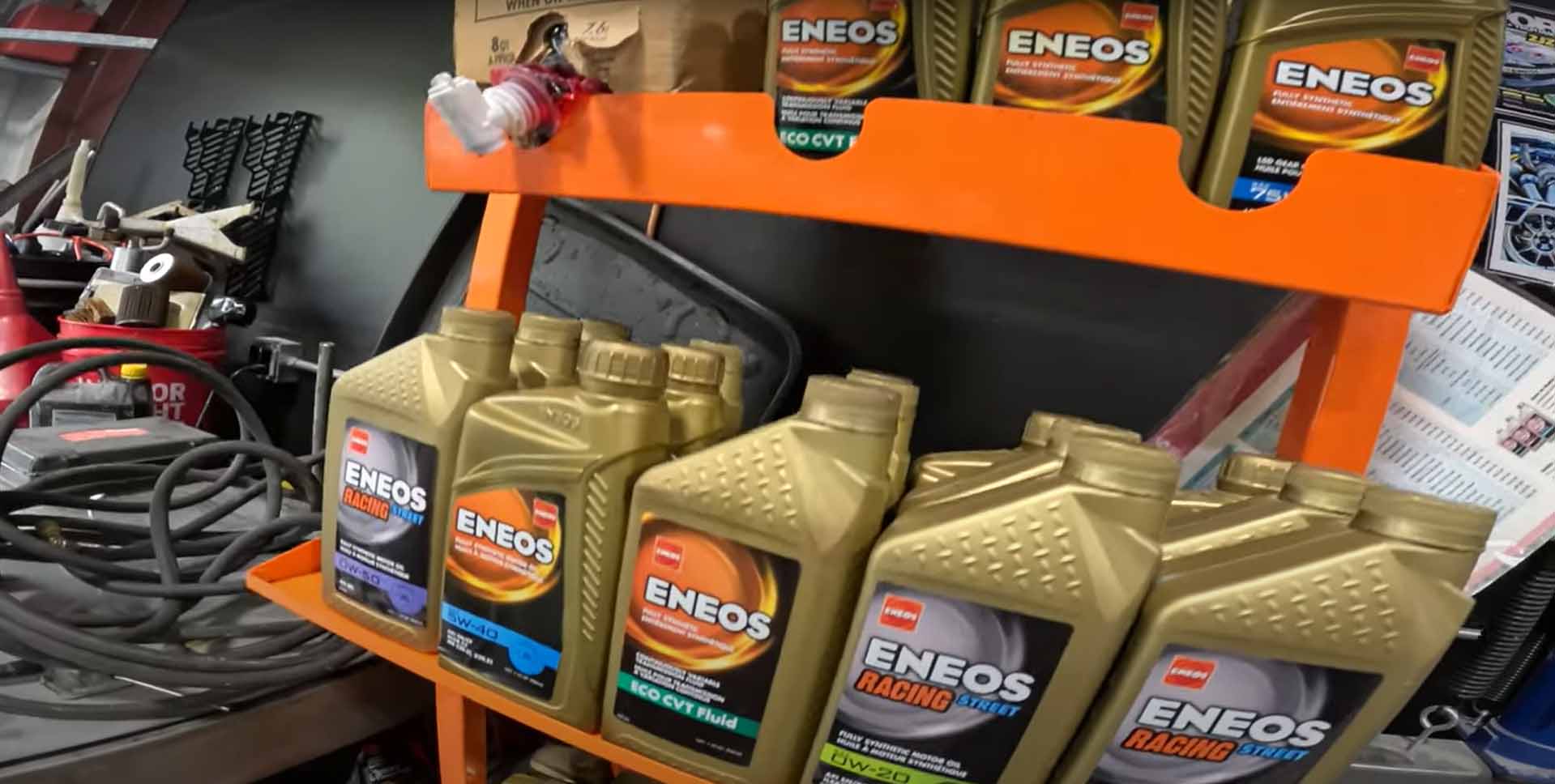Honda Dual Pump Fluid Change
What is a Honda Dual Pump System (DPS), when does its fluid need changing and how often? Get these answers in our step-by-step how-to guide for a Dual Pump System Fluid (DPSF) change on a 2004 Honda CR-V with 318,000 miles. ENEOS ambassador Faruk Kugay and his team at DEVSPEED, a performance garage located at the Sonoma Raceway, talks about the important background of Honda/Acura Dual Pump System and its fluid along with drain and fill steps.
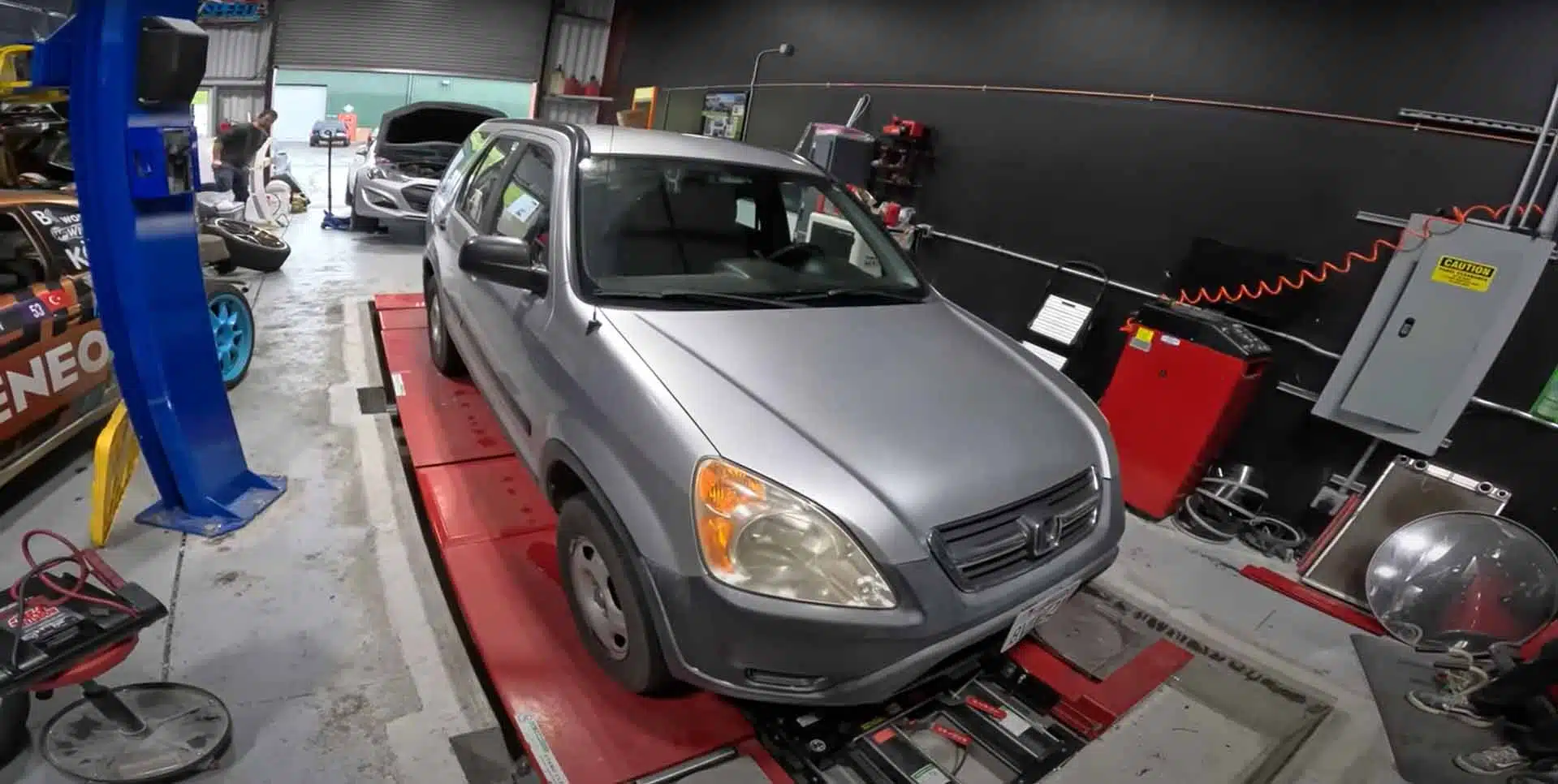
View the video or scroll through these steps with key info and instructions:
1. ABOUT HONDA/ACURA DUAL PUMP SYSTEM (DPS):
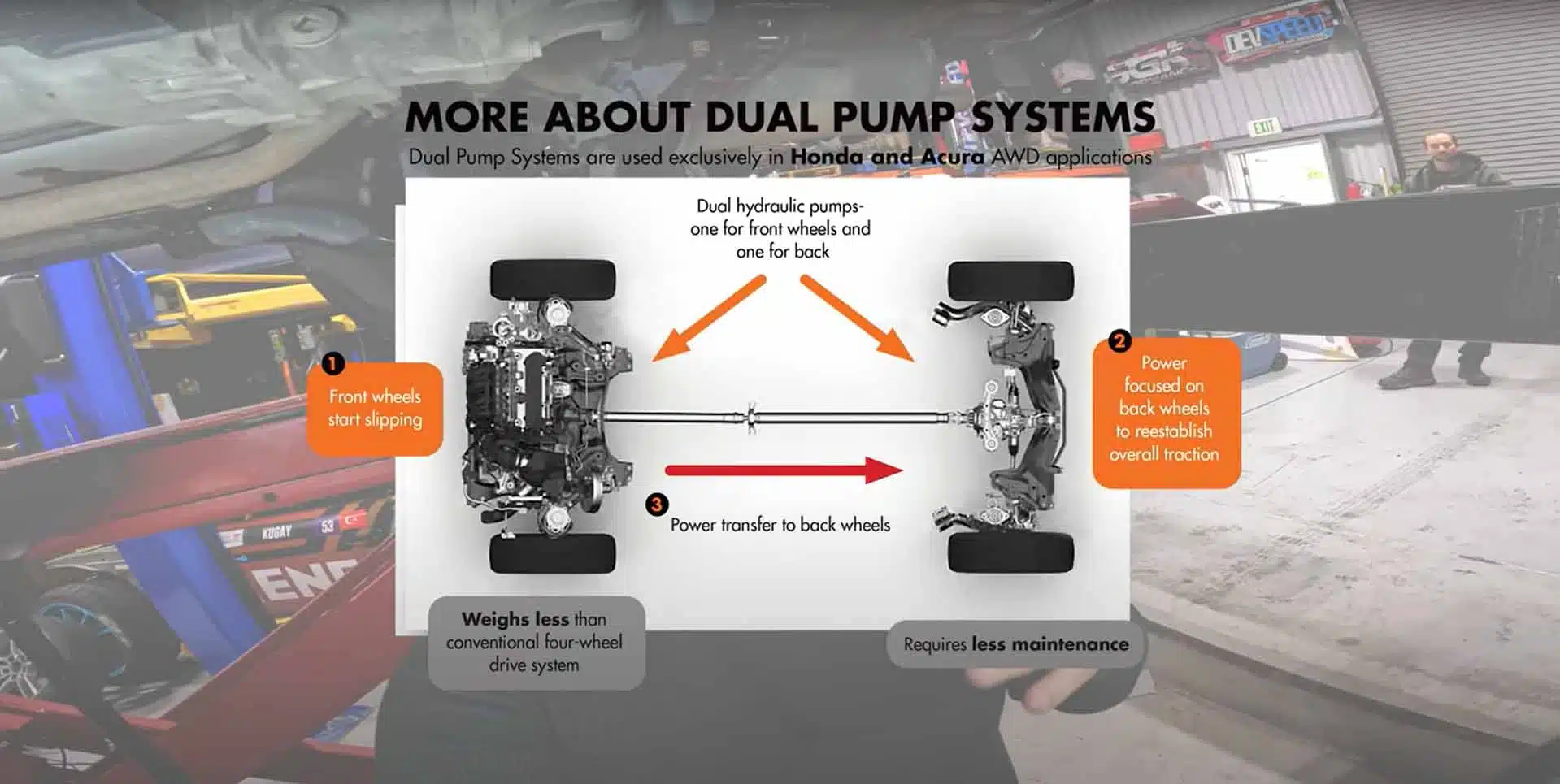
The Dual Pump System (DPS) is Honda’s proprietary all-wheel drive technology that improves traction by transferring more power to the rear wheels when the front wheels start to slip. This system is exclusively used in Honda and Acura all-wheel drive vehicles, enhancing control and stability on slippery surfaces. The DPS monitors wheel slippage and automatically adjusts torque distribution, ensuring optimal grip in challenging driving conditions.
2. ABOUT HONDA DPS FLUID
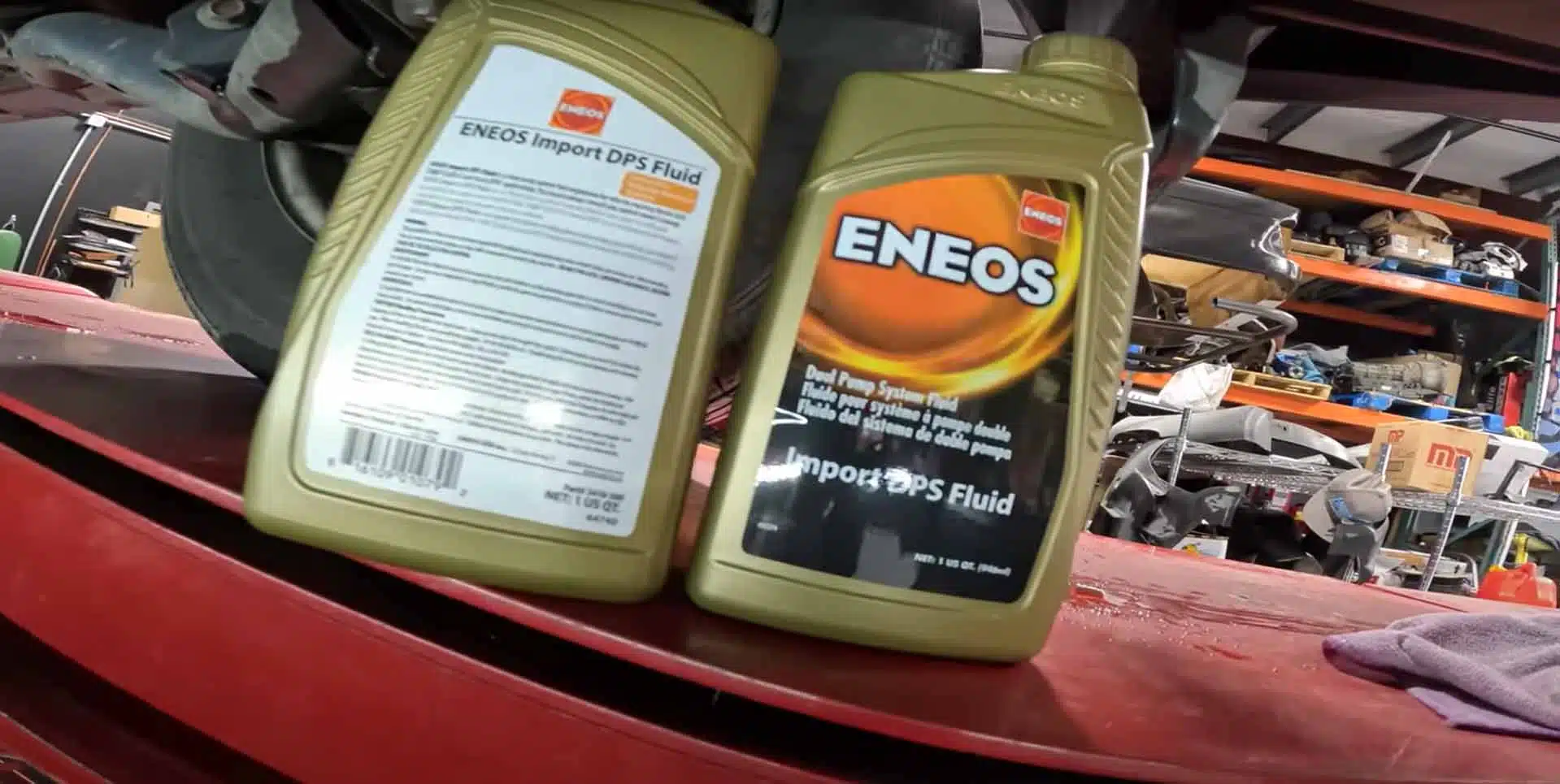
DPS fluid is a lubricant required for the proper functioning of the all-wheel drive system in more than 4 million Honda and Acura vehicles. Its primary roles include lubricating the moving components, controlling the hydraulic system, and transmitting engine torque to the rear wheels when necessary. The DPSF (Differential Fluid) specifically lubricates and operates the rear differential hydraulic system, which is an essential part of the all-wheel drive mechanism.
3. SERVICE INTERVAL RECOMMENDATION
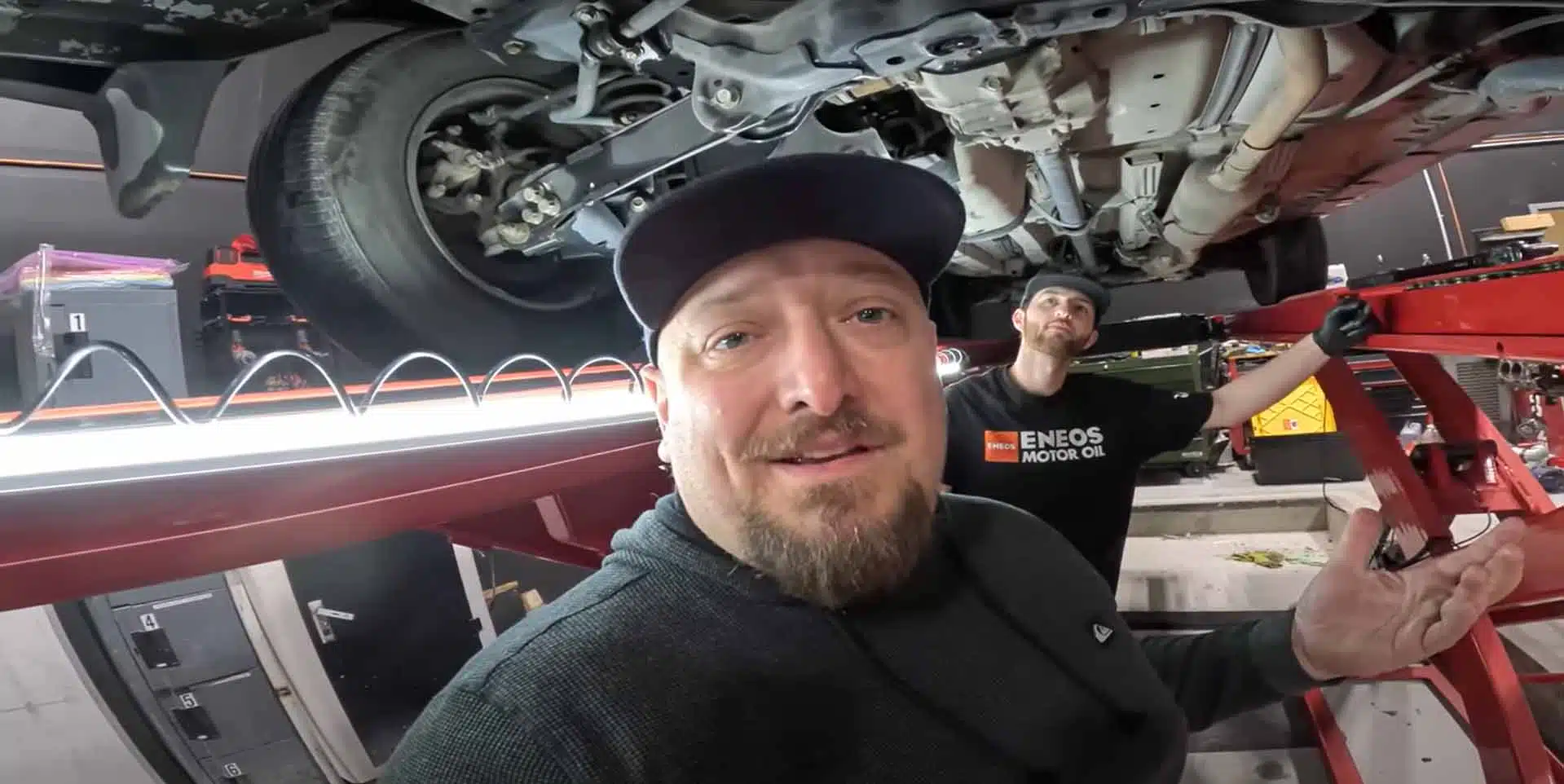
The recommended service interval for changing the DPS fluid is every 30,000 miles. It requires approximately 1.1 quarts of fluid for a drain and fill service, and 1.3 quarts if the differential has been refurbished. Follow the 30,000-mile service interval, using 1.1 quarts of DPS fluid for a standard drain and fill.
4. WHY CHOOSE ENEOS IMPORT DPS FLUID
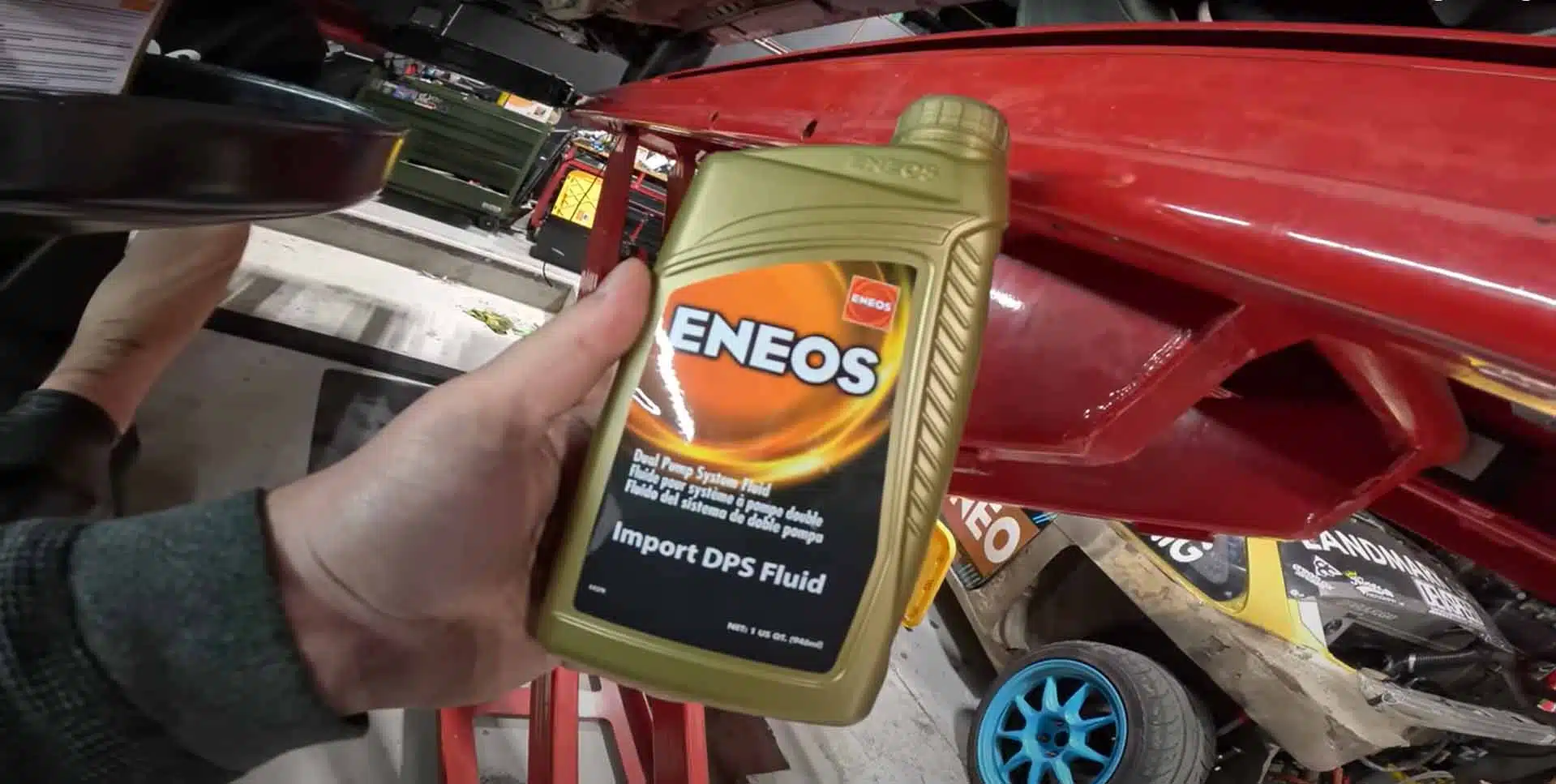
ENEOS Import DPS fluid is the only OE (Original Equipment) replacement fluid available for Honda and Acura all-wheel drive vehicles. As a trusted OE supplier of factory fill fluids, ENEOS provides the same quality, expertise, and specifications as the vehicle manufacturer’s original fluid.
5. GETTING STARTED
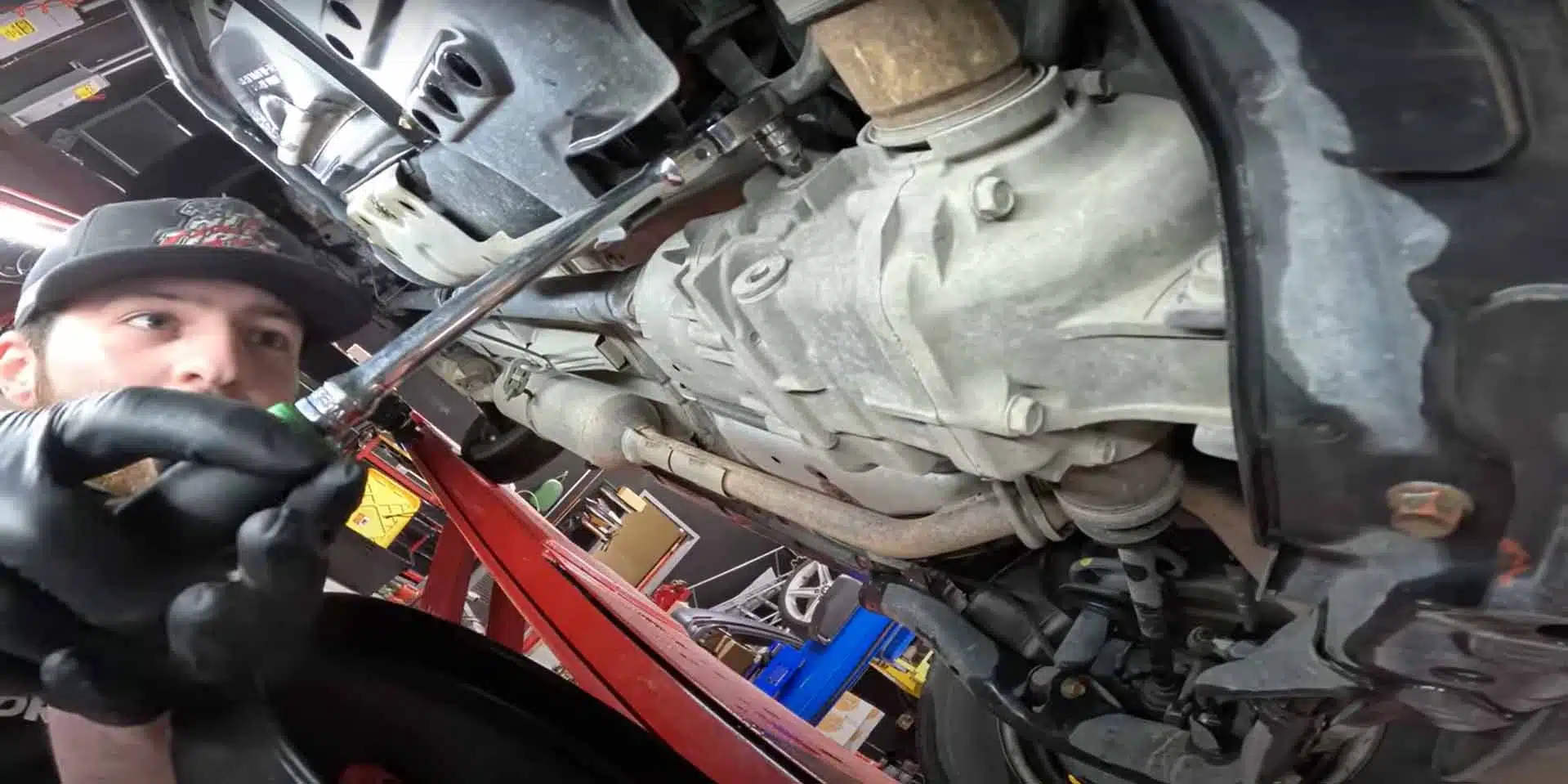
“We’re always going to open which plug first? The fill plug always gets opened first.” Open the fill plug on the rear differential housing using a 3/8″ socket.
6. EMPTY OLD FLUID
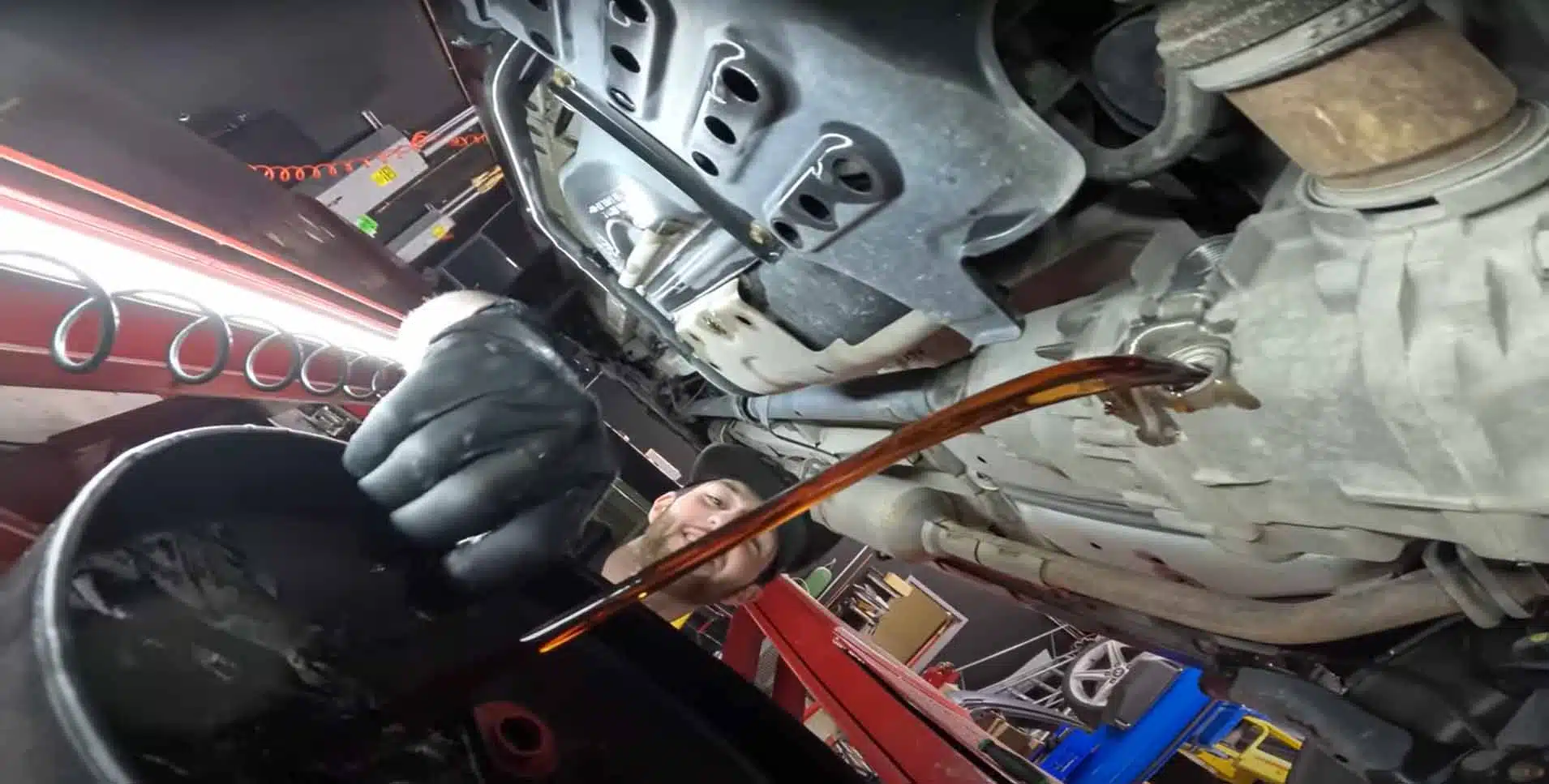
Next, remove the drain plug to allow the old fluid to fully drain out.
7. REPLACE WASHERS
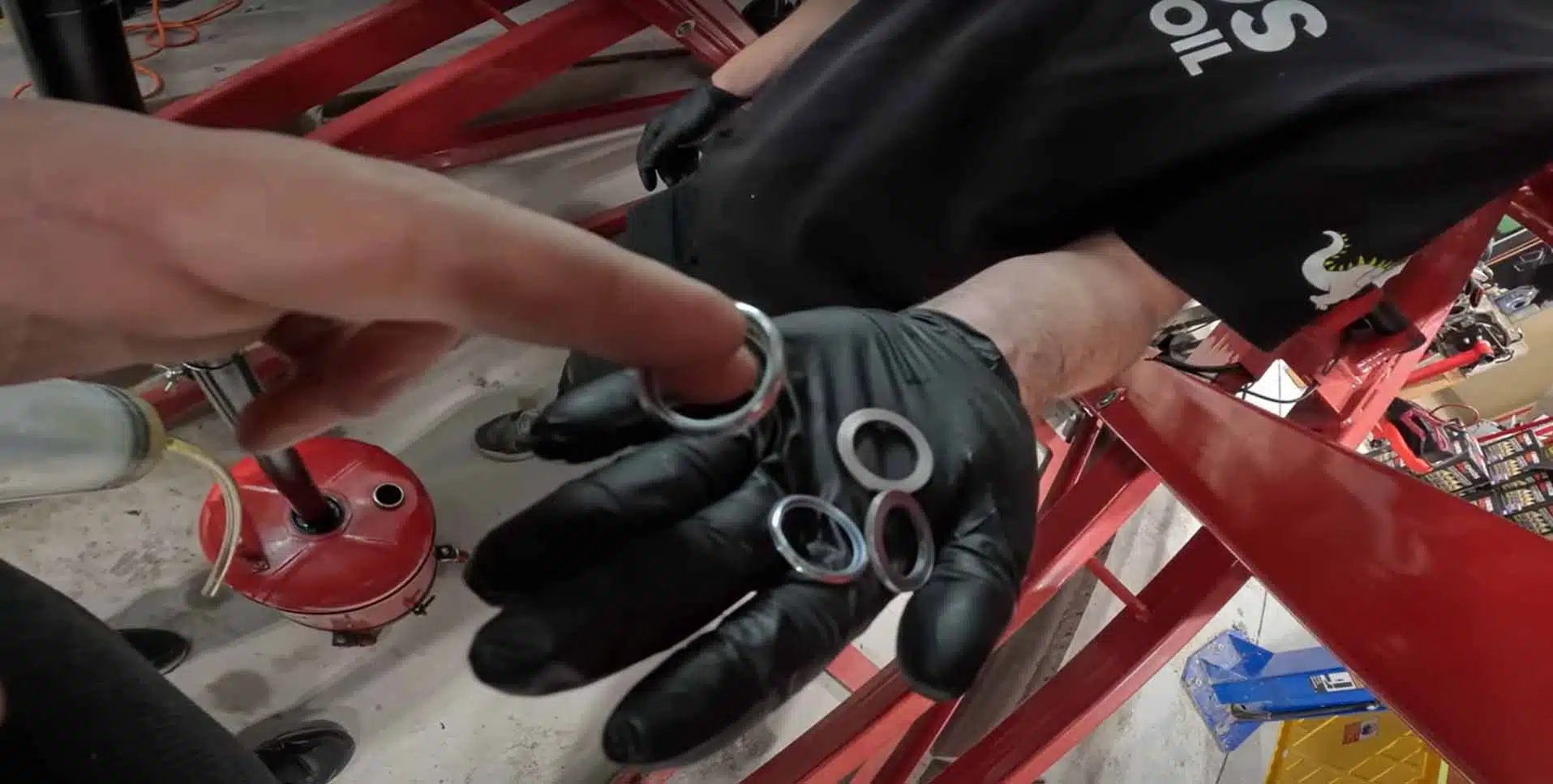
“The (original) aluminum washers are also crush washers but since we can’t find those at our local part store we found M20 washers that are like a crush style.” Replace the washers on the drain and fill plugs with new crush washers.
8. FILL USING YOUR PREFERRED METHOD
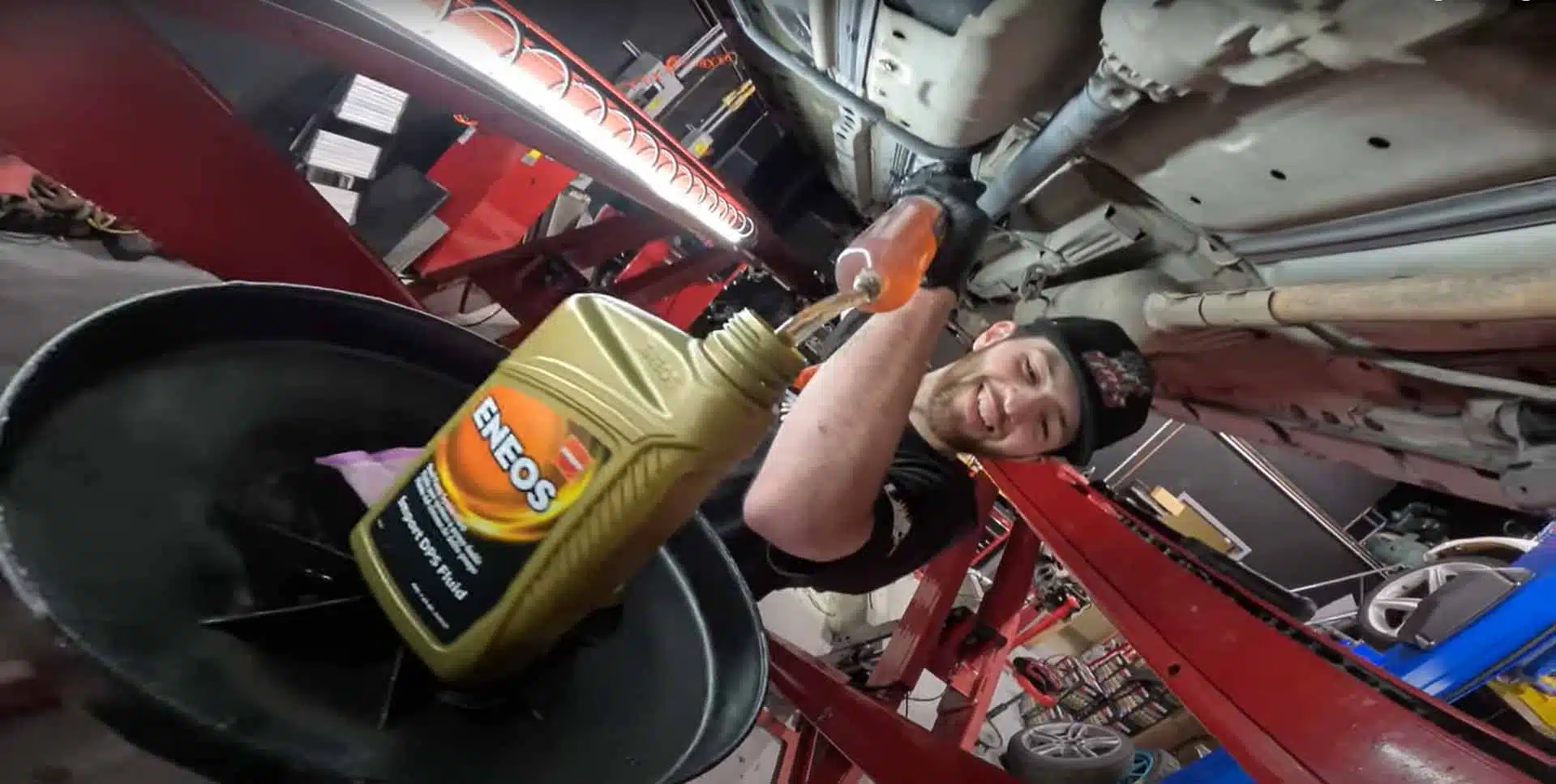
“And then we’re going to fill it with this awesome stuff: Import DPS fluid…this turkey baster-looking gear filler is our current tool of choice.”
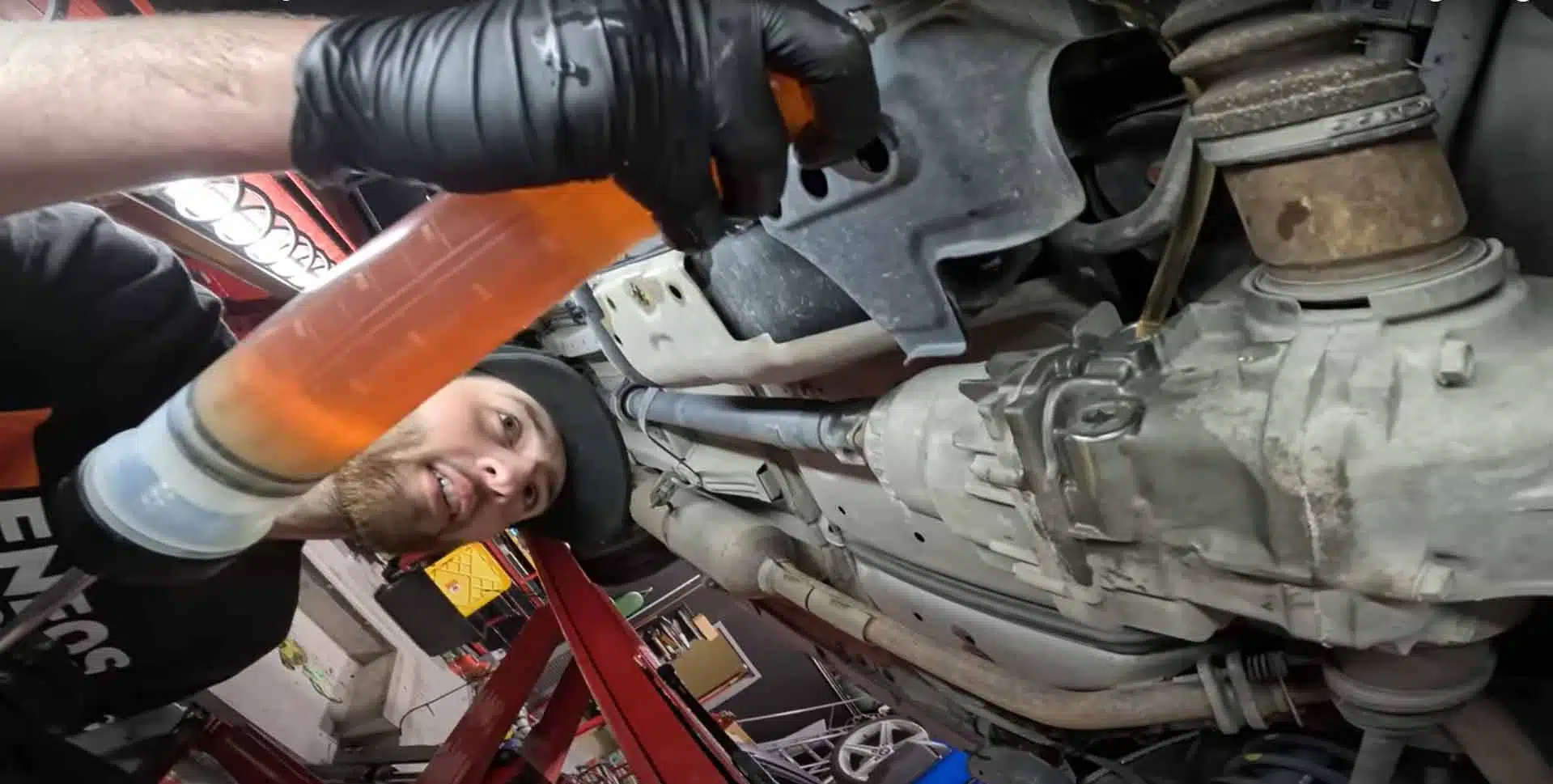
Replace the drain plug and use a “turkey baster” syringe or similar tool to refill the differential with the new ENEOS Import DPS fluid in the fill hole.
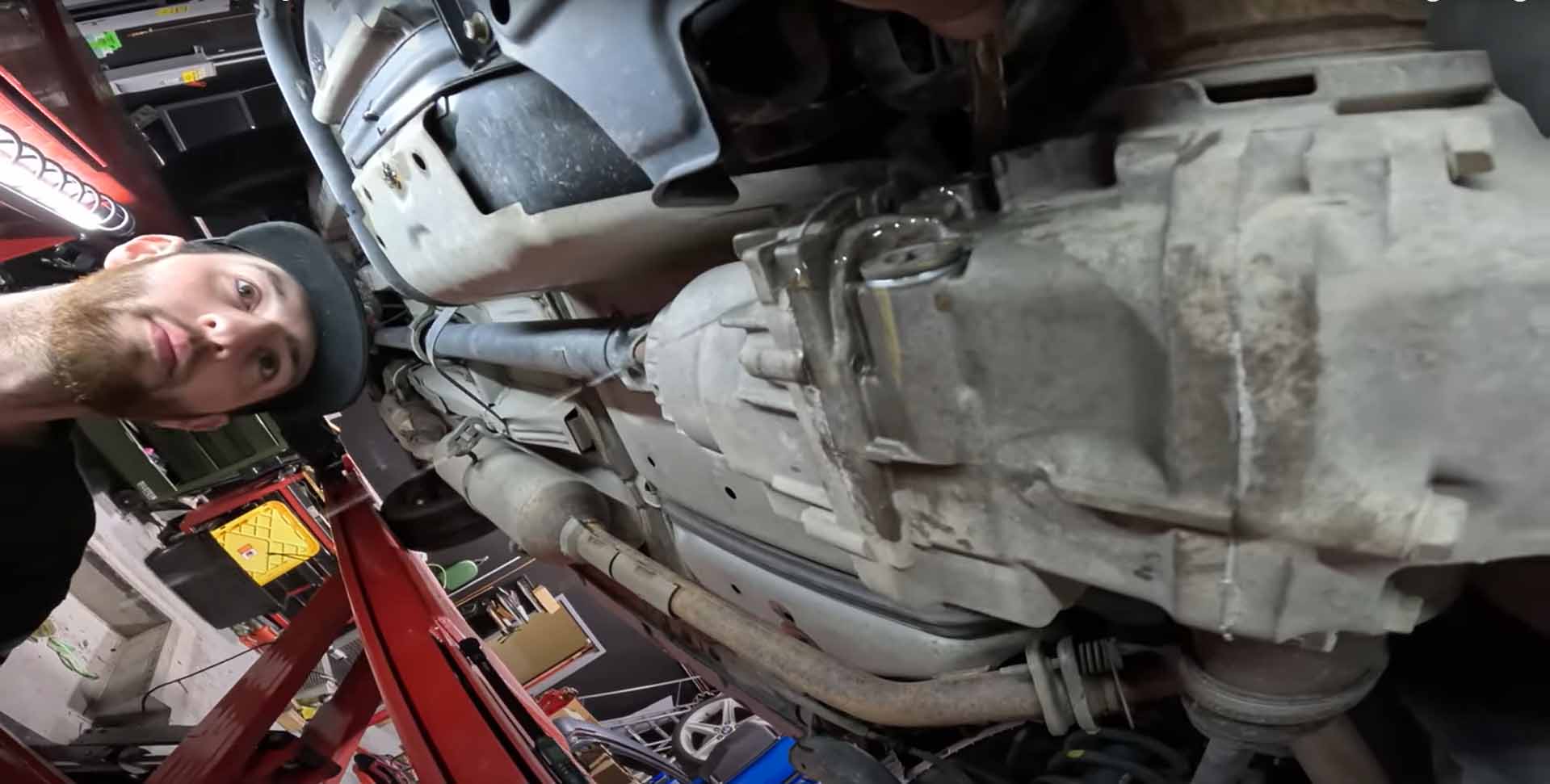
When the DPS is full, clean fluid will overflow. Wipe away excess fluid.
9. USE CORRECT TORQUE
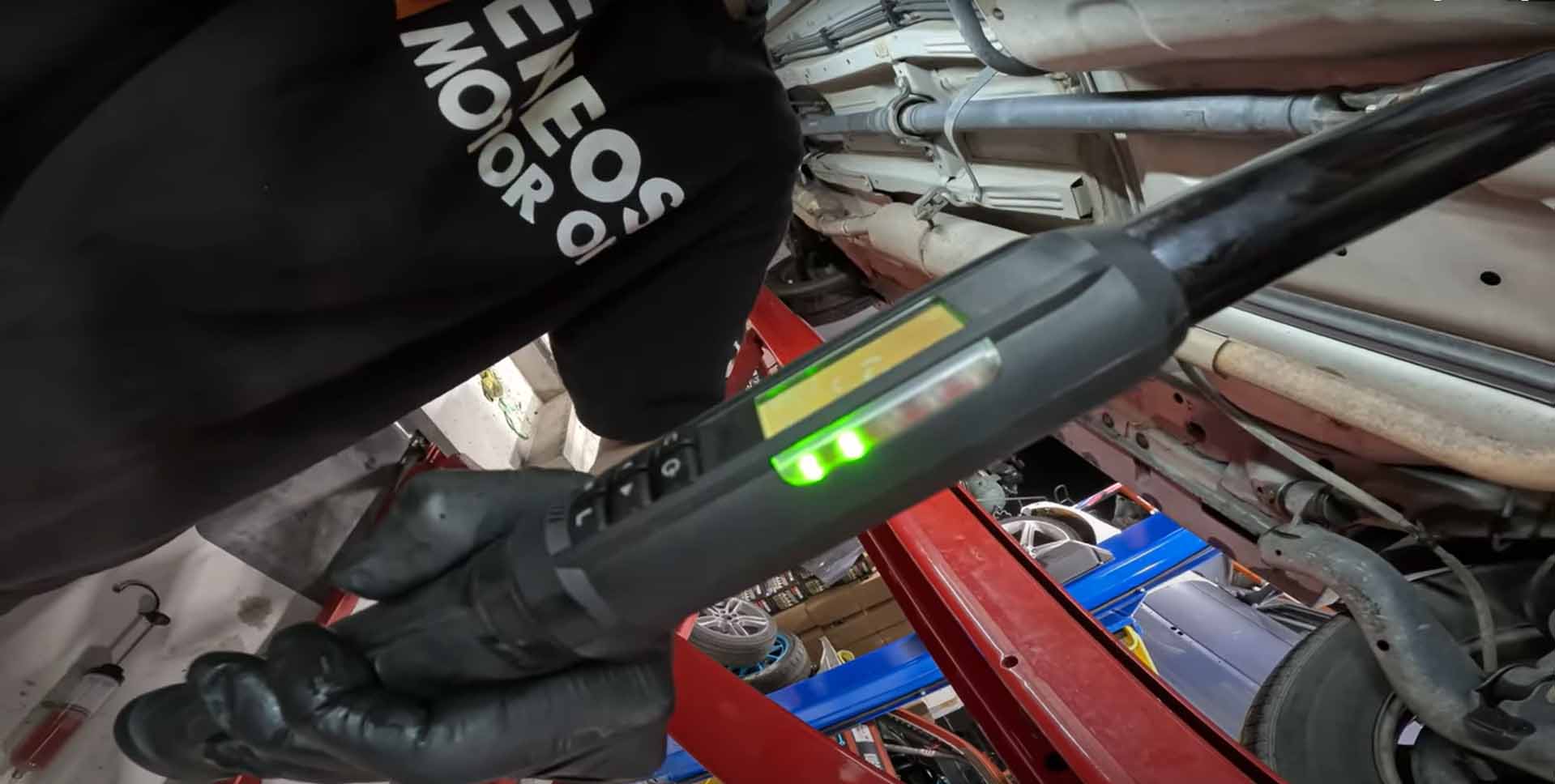
Both the drain and fill are 47 newton-meters or 35 foot-pounds as far as torque spec goes. Torque the drain and fill plugs back to 35 ft-lbs.
10. RECAP
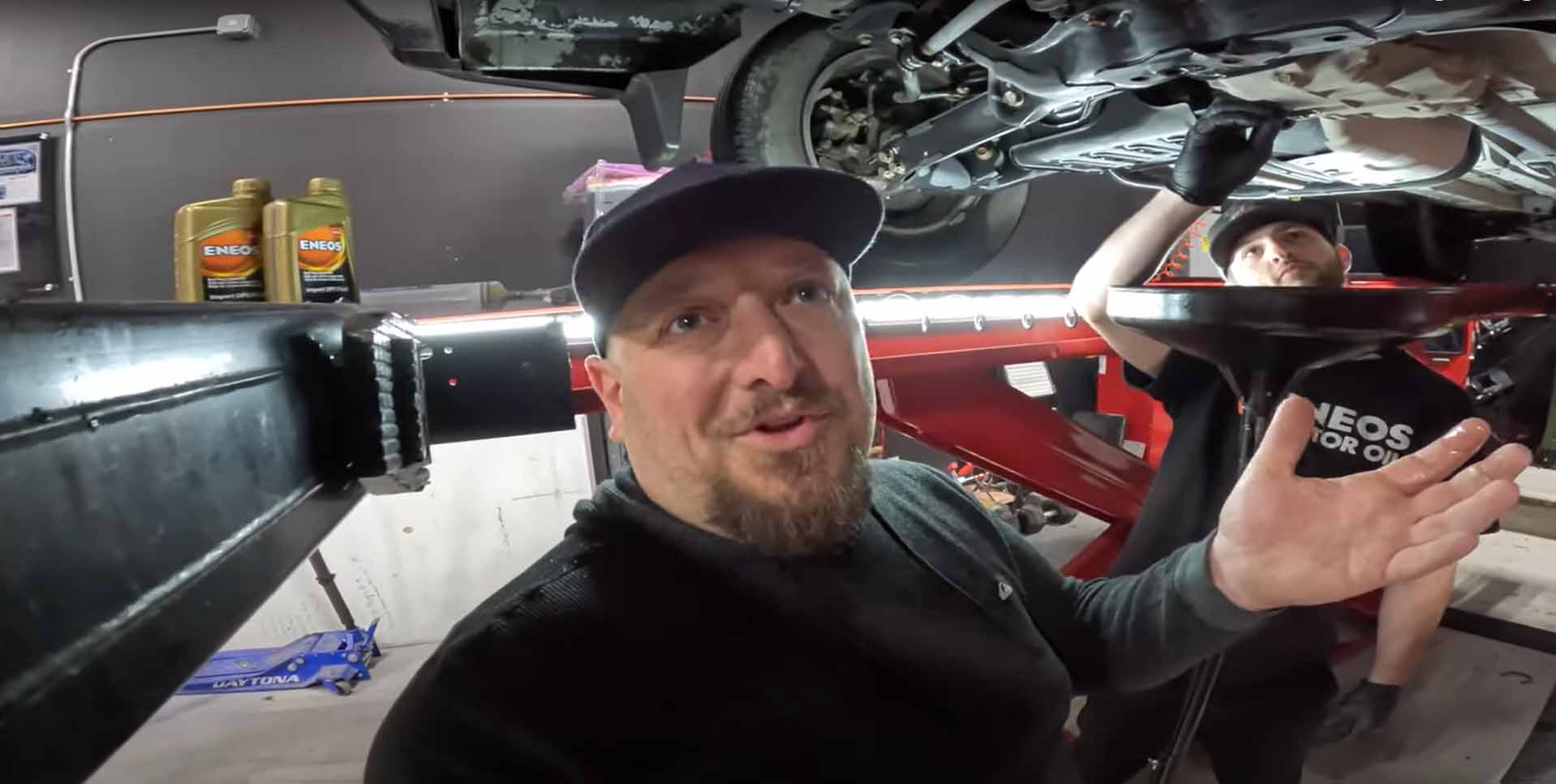
“Every 30,000 miles, very very simple maintenance, it’s just a drain and fill, nothing too technical about it.” Repeat this drain and refill process every 30,000 miles for proper maintenance.
Faruk Kugay operates DEVSPEED, an official ENEOS dealer, located at the Sonoma Raceway in California, which he also manages. Faruk is also a Formula DRIFT driver who also competed in the Netflix Hyderdrive show. View more about DEVSPEED>
